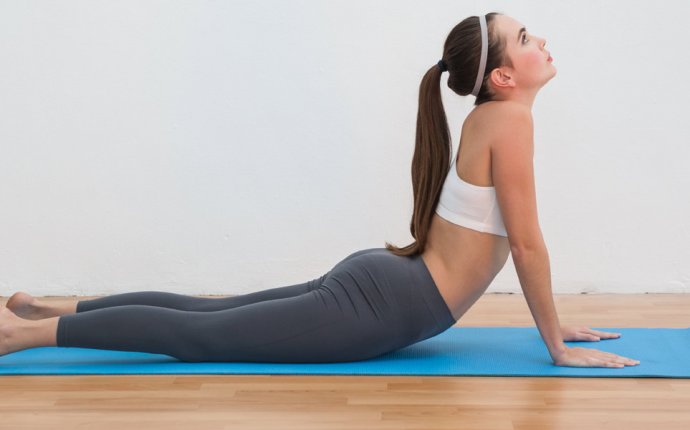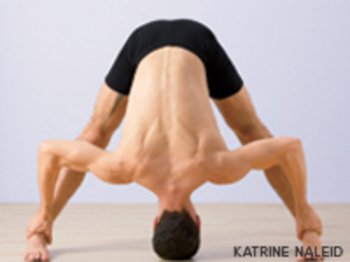
Yoga for Bulging disc in Lower back
 A young woman sat uncomfortably in my physical therapy office, her face drawn with pain. "I had heard stretching would help my lower back pain, " she said. "But after a few weeks of daily stretching, my pain only got worse. What did I do wrong?"
A young woman sat uncomfortably in my physical therapy office, her face drawn with pain. "I had heard stretching would help my lower back pain, " she said. "But after a few weeks of daily stretching, my pain only got worse. What did I do wrong?"
With further questioning, her whole story came out. She had experienced intermittent lower back pain for two years before starting the stretching program she remembered from a P.E. class—a sequence consisting primarily of various leg stretches performed sitting on the floor, bending over her legs, and reaching for her toes. When the back pain became worse and was further complicated by severe hip and leg pain, she consulted her physician, who diagnosed her problem as a bulging disc in her lumbar spine.
As a physical therapist, I have heard this unfortunate story many times. Sitting forward bends are probably the best-known leg stretches, and are therefore likely to be included in a beginning stretch routine, whether in a public yoga or aerobics class, or in a book or video. Surprisingly, there seems to be widespread misunderstanding about the role of stretching in the care of back problems. And the irony is that certain types of stretching can actually worsen some back problems.
A yoga practice with too much emphasis on aggressive forward bending can be risky, particularly if the student has tight hamstrings and a flattened curve in the lower back. A well-constructed yoga routine, however, can be an ideal way to learn to stretch without creating or exacerbating back pain, and a chance to practice good alignment and movement patterns which help protect the back from injury.
Under Pressure
To understand how stretching can improve or aggravate disc problems, let's look at how a disc works and how it gets damaged. Intervertebral discs function as shock absorbers, cushioning the brain from jarring as we walk, run, and jump. Each disc consists of two parts: the inner disc, the nucleus pulposus, made of a shock-absorbing gel-like substance, and the annulus fibrosis, the rings of ligament that surround and support the center.









